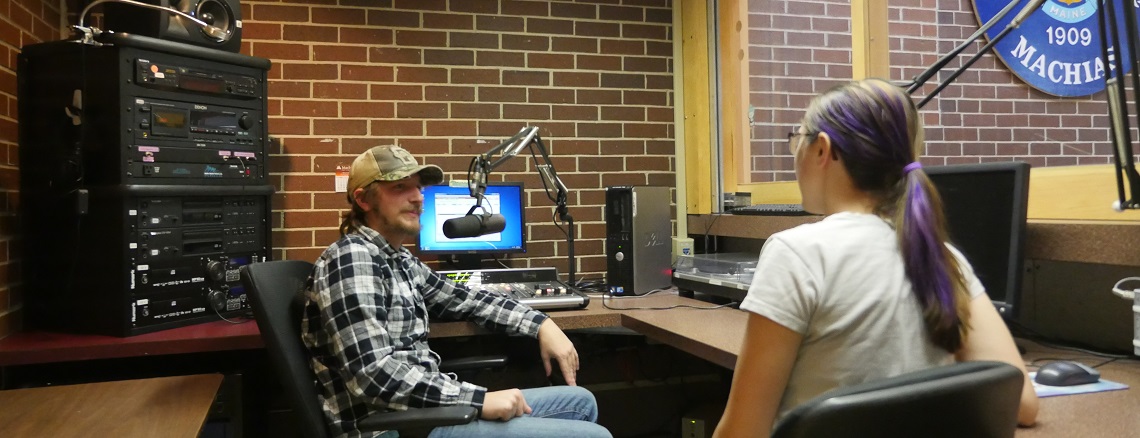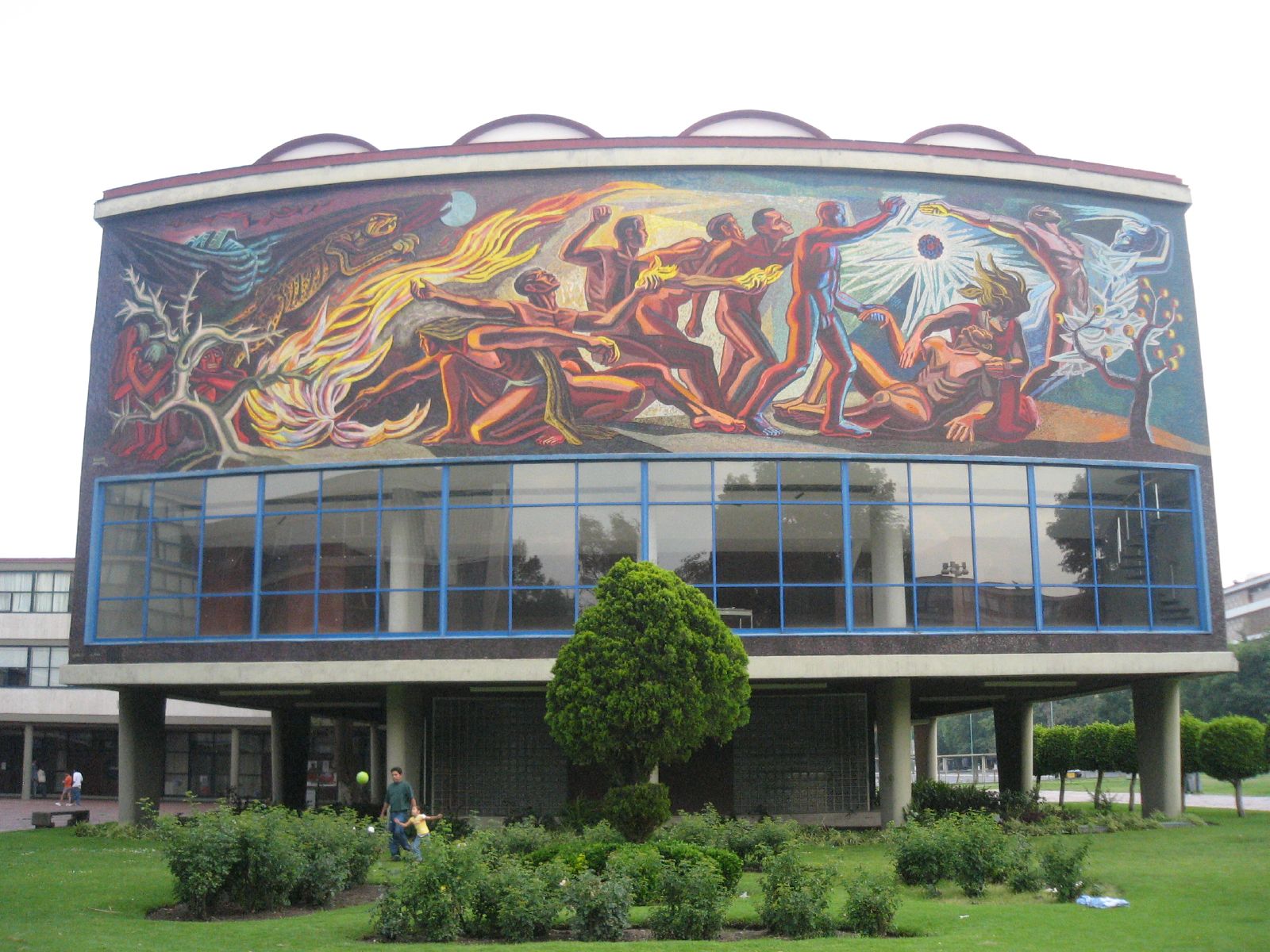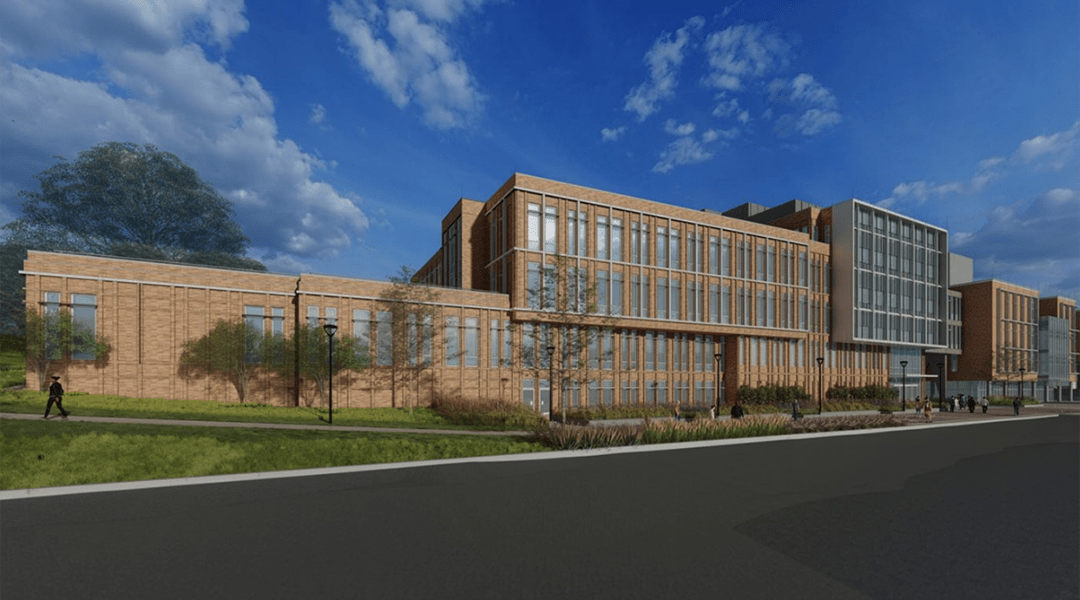Lingua Franca 300
- Home Page 153

Land & Property Finance
This content is accessible to paid subscribers. To view it please enter your password below or send mike@standardsmichigan.com a request for subscription details.
“Abide with Me”
Abide with me; fast falls the eventide;
The darkness deepens; Lord with me abide.
When other helpers fail and comforts flee,
Help of the helpless, O abide with me.
Swift to its close ebbs out life’s little day;
Earth’s joys grow dim; its glories pass away;
Change and decay in all around I see;
O Thou who changest not, abide with me.
Not a brief glance I beg, a passing word,
But as Thou dwell’st with Thy disciples, Lord,
Familiar, condescending, patient, free.
Come not to sojourn, but abide with me.
Come not in terror, as the King of kings,
But kind and good, with healing in Thy wings;
Tears for all woes, a heart for every plea.
Come, Friend of sinners, thus abide with me.
Thou on my head in early youth didst smile,
And though rebellious and perverse meanwhile,
Thou hast not left me, oft as I left Thee.
On to the close, O Lord, abide with me.
I need Thy presence every passing hour.
What but Thy grace can foil the tempter’s power?
Who, like Thyself, my guide and stay can be?
Through cloud and sunshine, Lord, abide with me.
I fear no foe, with Thee at hand to bless;
Ills have no weight, and tears no bitterness.
Where is death’s sting? Where, grave, thy victory?
I triumph still, if Thou abide with me.
Hold Thou Thy cross before my closing eyes;
Shine through the gloom and point me to the skies.
Heaven’s morning breaks, and earth’s vain shadows flee;
In life, in death, O Lord, abide with me.
History of Western Civilization Told Through the Acoustics of its Worship Spaces
Energy 400
Climate Psychosis | Other Ways of Knowing Climate Change
We began last year breaking down our coverage of education settlement energy codes and standards into the tranches listed below:
Energy 200: Codes and standards for building premise energy systems. (Electrical, heating and cooling of the building envelope)
Energy 300: Codes and standards that support the energy systems required for information and communication technology
Energy 400: Codes and standards for energy systems between campus buildings. (District energy systems including interdependence with electrical and water supply)
ASHRAE Proposal for a District Cooling Standard
A different “flavor of money” runs through each of these domains and this condition is reflected in best practice discovery and promulgation. Energy 200 is less informed by tax-free (bonded) money than Energy 400 titles.
Some titles cover safety and sustainability in both interior and exterior energy domains so we simply list them below:
ASME A13.1 – 20XX, Scheme for the Identification of Piping Systems | Consultation closes 6/20/2023
ASME Boiler Pressure Vessel Code
ASME BPVC Codes & Standards Errata and Notices
ASHRAE International 90.1 — Energy Standard for Buildings Except Low-Rise Residential Buildings
2018 International Green Construction Code® Powered by Standard 189.1-2017
NFPA 855 Standard for the Installation of Stationary Energy Storage Systems
IEEE Electrical energy technical literature
ASTM Energy & Utilities Overview
Underwriters Laboratories Energy and Utilities
There are other ad hoc and open-source consortia that occupy at least a niche in this domain. All of the fifty United States and the Washington DC-based US Federal Government throw off public consultations routinely and, of course, a great deal of faculty interest lies in research funding.
Please join our daily colloquia using the login credentials at the upper right of our home page.
ICYMI – here is our 50th anniversary lecture from Professor Helen Thompson on the 1970s energy crises and what we can learn from it, with some great questions from our audience! https://t.co/9XUqc3fx5f pic.twitter.com/zHvqY8HYL1
— Clare College (@ClareCollege) March 9, 2023
More
United States Department of Energy
International Energy Agency World Energy Outlook 2022
International Standardization Organization
Energy and heat transfer engineering in general
Economics of Energy, Volume: 4.9 Article: 48 , James L. Sweeney, Stanford University
Helmholtz and the Conservation of Energy, By Kenneth L. Caneva, MIT Press
NRG Provides Strategic Update and Announces New Capital Allocation Framework at 2023 Investor Day
From our video archive:
Ask me why pic.twitter.com/zQIpuI7vCh
— Grace Stanke (@Grace_Stanke) August 23, 2023
Hayward Street Geothermal Cooling $20M
Business & Finance: We Make Blue Go
Geothermal cooling plants have far fewer moving parts and thus pay for themselves by combining immediate energy savings, revenue from excess energy or services, government incentives, and long-term operational efficiency. “Classical” payback period depends on factors like the plant’s scale and available incentives through DTE Energy.
1. Energy Cost Savings
- Reduced Operating Costs: Geothermal systems use the relatively constant temperature of the earth to provide heating and cooling, which can be much more energy-efficient than traditional HVAC systems. This efficiency leads to lower utility bills for the facility, resulting in significant cost savings over time.
- Lower Maintenance Costs: Geothermal systems generally have fewer moving parts than conventional systems, leading to lower maintenance and repair costs.
2. Revenue Generation
- Selling Excess Energy: In some cases, geothermal plants can produce more energy than needed for cooling. This excess energy can be sold back to the grid or used for other purposes, providing an additional revenue stream.
- Leasing and Service Agreements: Some facilities enter into agreements with nearby buildings or industries to provide geothermal cooling services, generating income.
3. Government Incentives and Subsidies
- Tax Credits and Rebates: Many governments offer financial incentives, such as tax credits, grants, and rebates, for the installation and operation of geothermal systems. These incentives can significantly reduce the upfront costs and improve the payback period.
- Renewable Energy Certificates(RECs): In some regions, geothermal plants can earn RECs for generating renewable energy. These certificates can be sold to other companies to offset their carbon emissions, generating additional income.
4. Environmental and Social Benefits
- Carbon Credits: By reducing greenhouse gas emissions compared to traditional systems, geothermal plants can earn carbon credits, which can be sold or traded in carbon markets.
- Sustainability Branding: Businesses that use geothermal cooling can market themselves as environmentally friendly, potentially attracting more customers or tenants, which indirectly supports the plant’s financial viability.
5. Long-Term Investment
- Long Lifespan: Geothermal systems typically have a long lifespan (20-50 years), allowing for a long-term return on investment. While the initial capital costs are high, the system’s durability and low operating costs contribute to a favorable payback over time.
- Resilience Against Energy Price Volatility: Geothermal systems provide protection against fluctuating energy prices, offering stable and predictable costs, which is financially beneficial over the long term.
6. Financing Models
- Power Purchase Agreements (PPAs): Some geothermal plants are financed through PPAs, where a third party finances the installation and the facility pays for the energy produced, typically at a lower rate than conventional energy sources.
- Energy Service Companies (ESCOs): These companies can finance, install, and maintain geothermal systems, with the facility paying for the service over time, usually based on the energy savings achieved.
7. Scalability and Integration
- Integration with Other Renewable Systems: Geothermal cooling can be part of a broader renewable energy strategy, integrating with solar or wind power to further enhance efficiency and reduce costs, improving the overall financial outlook.
Apricot Galettes
This content is accessible to paid subscribers. To view it please enter your password below or send mike@standardsmichigan.com a request for subscription details.
Engineering a Fair Future: Why we need to train unbiased AI
OpenAI was founded in 2015 by a group of technology luminaries, including Elon Musk, Sam Altman, Greg Brockman, Ilya Sutskever, John Schulman, and Wojciech Zaremba. The organization was created with the goal of developing advanced artificial intelligence technologies in a way that is safe and beneficial for humanity. It is written in multiple programming languages, but the primary language used to build the model is Python but relies on a range of other software tools and frameworks, including TensorFlow and PyTorch for training and deploying the deep learning models, and various libraries for data preprocessing and postprocessing, such as spaCy, NLTK, and Transformers.
Since its founding, OpenAI has grown to become one of the world’s leading AI research organizations, with a team of hundreds of researchers and engineers working on a wide range of projects in areas such as natural language processing, robotics, computer vision, and more. Much like humans, ChatGPT will likely struggle negotiating “bias”. As of this posting it seems clear that the algorithm produces answers that are biased toward large central government; most likely the result of not having enough historical input about how a smaller central government is largely responsible for inventing it.
New update alert! The 2022 update to the Trademark Assignment Dataset is now available online. Find 1.29 million trademark assignments, involving 2.28 million unique trademark properties issued by the USPTO between March 1952 and January 2023: https://t.co/njrDAbSpwB pic.twitter.com/GkAXrHoQ9T
— USPTO (@uspto) July 13, 2023
Standards Michigan Group, LLC
2723 South State Street | Suite 150
Ann Arbor, MI 48104 USA
888-746-3670


















